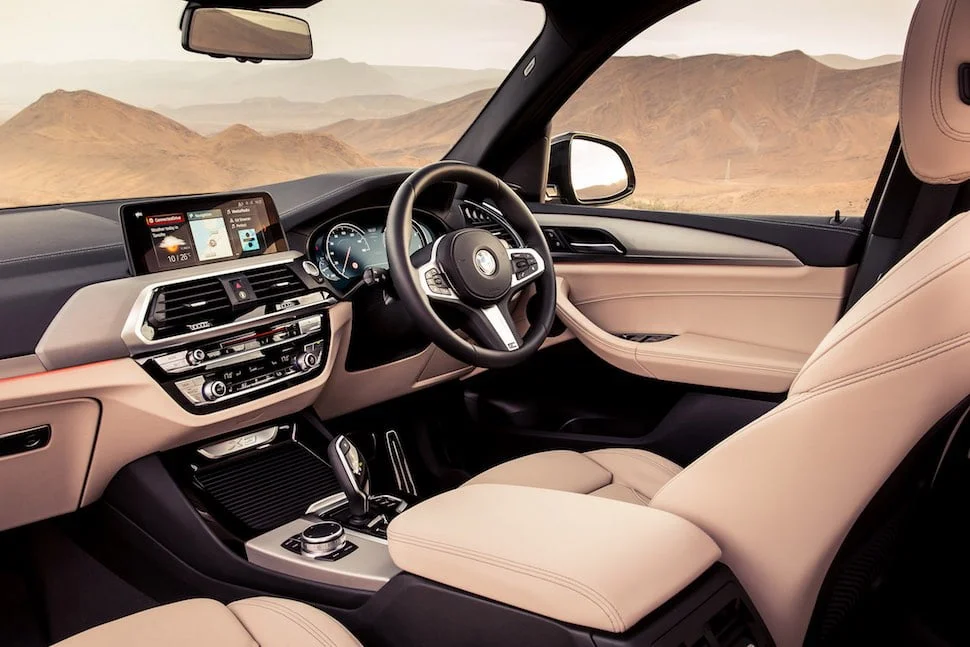When the temperature drops, driving becomes much more challenging, with snow, ice, and freezing rain or wind creating hazardous conditions for those who aren’t prepared.
With the Met Office forecasting “unsettled conditions” or snowfall across some areas of the UK during Christmas, it’s helpful to know which vehicles can keep you stable and in control if you find yourself navigating wintry roads.
Many people associate tough driving conditions with the need for four-wheel drive, a system that sends engine power to all four wheels to boost traction on slippery surfaces.
Traditional four-wheel-drive systems have been known to increase running costs, but most modern setups are more efficient, switching between two-wheel and four-wheel drive automatically depending on road conditions.
As a result, they tend to be no more expensive to operate than standard vehicles.In this guide, we’re highlighting the best vehicles for handling icy and snowy roads.
While such weather is most common in high-altitude, rural areas like Scotland, northern England, and Northern Ireland, cold snaps and snowfall are becoming increasingly common throughout the UK.
Our team of expert road testers spends thousands of hours examining every new model that comes to market.
We focus on the qualities that matter most to car buyers whether that’s conducting back-to-back comparisons between key rivals, putting each car through its paces at our dedicated test track, or evaluating how far each model can go off-road in controlled environments. Our recommendations are built on reliable, well-rounded testing.
Below, you’ll find our top 10 vehicles for staying mobile when snow begins to fall. Although the Land Rover Defender tops our rankings, every model listed here brings something worthwhile to the table.
You can learn more about each vehicle by reading our in-depth reviews or by checking out the deals we offer through our free New Car Deals service.
1. Land Rover Defender
The Land Rover Defender takes the number-one spot on our list. Our pick is the 3.0 D250 S 110 5dr Auto version, which accelerates from 0-62mph in 8.3 seconds, offers a fuel economy of 33.1mpg, emits 223g/km of CO2, and provides seating for five and a 786-litre boot.
It falls into insurance group 38E. The Defender scores well on reliability, safety, quality, and performance, although its running costs are higher.
Among its strengths are on-road comfort, off-road excellence, seating for up to eight people, and strong resale value.
Weaknesses include high pricing for upper trims, poor fuel economy and emissions, and limited boot space in 90 models. The favourite version is the 110 D300 xDynamic S.
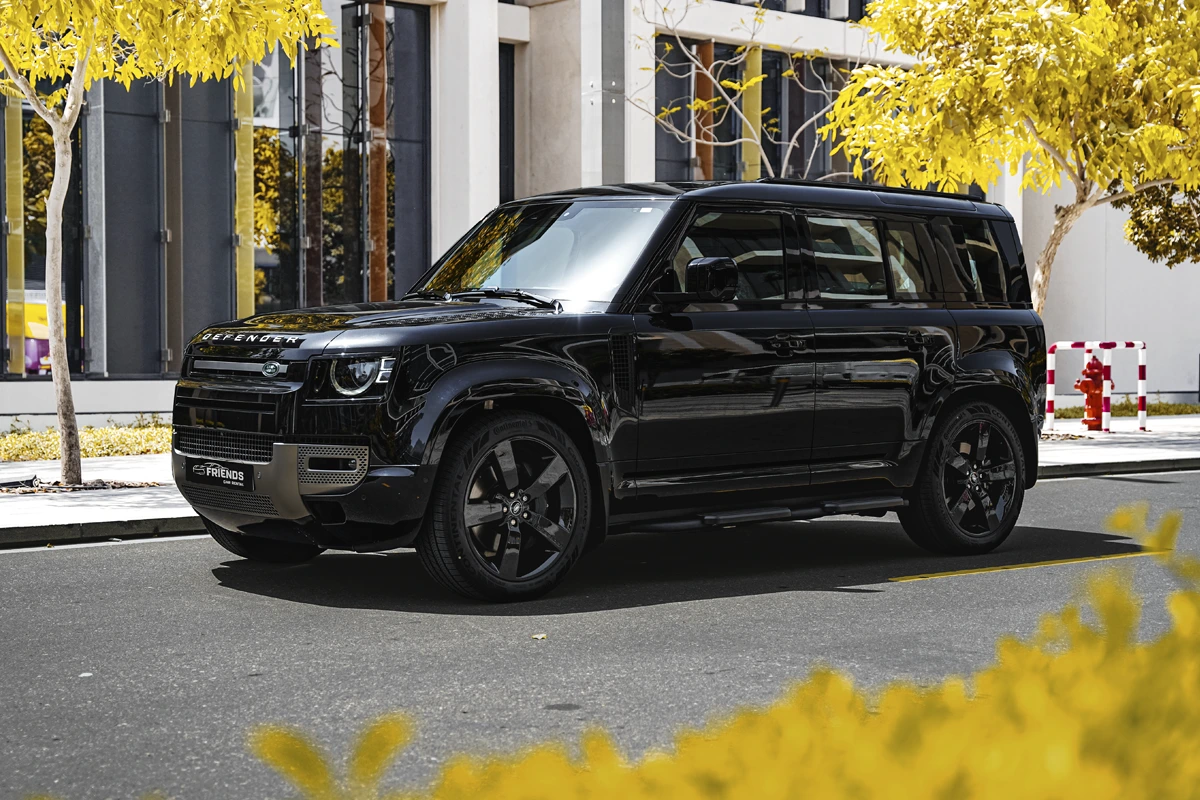
For many car buyers, the Land Rover Defender is the quintessential off-roader. When you imagine an SUV cruising through a snowy landscape, it’s probably the Defender that comes to mind.
While there are more affordable versions than the D300 engine variant we recommend, the 296bhp it delivers ensures you’ll have more than enough power for almost any situation.
You can even order the Defender 110 with specially designed tyres to improve grip on snow and mud. The latest Defender isn’t just excellent off-road it’s arguably even better on regular roads.
It smooths out bumps better than competitors like the Mercedes G-Class, and although luxury SUVs such as the Audi Q7 or BMW X5 may offer slightly better ride comfort, even tall passengers will find the Defender spacious.
With two fold-up ‘jump’ seats, the vehicle can carry seven people, and in terms of practicality, its boot swallowed seven carry-on suitcases during our testing.
2. BMW X7
In second place is the BMW X7, with our recommended version being the xDrive40i MHT M Sport 5dr Step Auto. It goes from 0-62mph in just 5.8 seconds, returns 29.1mpg, emits 218g/km of CO2, and seats seven people.
Its boot space is 300 litres, and it belongs to insurance group 50E. It excels in driving, interior quality, practicality, and ownership experience. The X7’s strengths include its serene comfort, immense interior space, and advanced infotainment system.
However, it’s not without flaws cheaper alternatives exist, its design may not appeal to everyone, and it lacks a plug-in hybrid or electric version. The favourite trim is the xDrive40d M Sport.
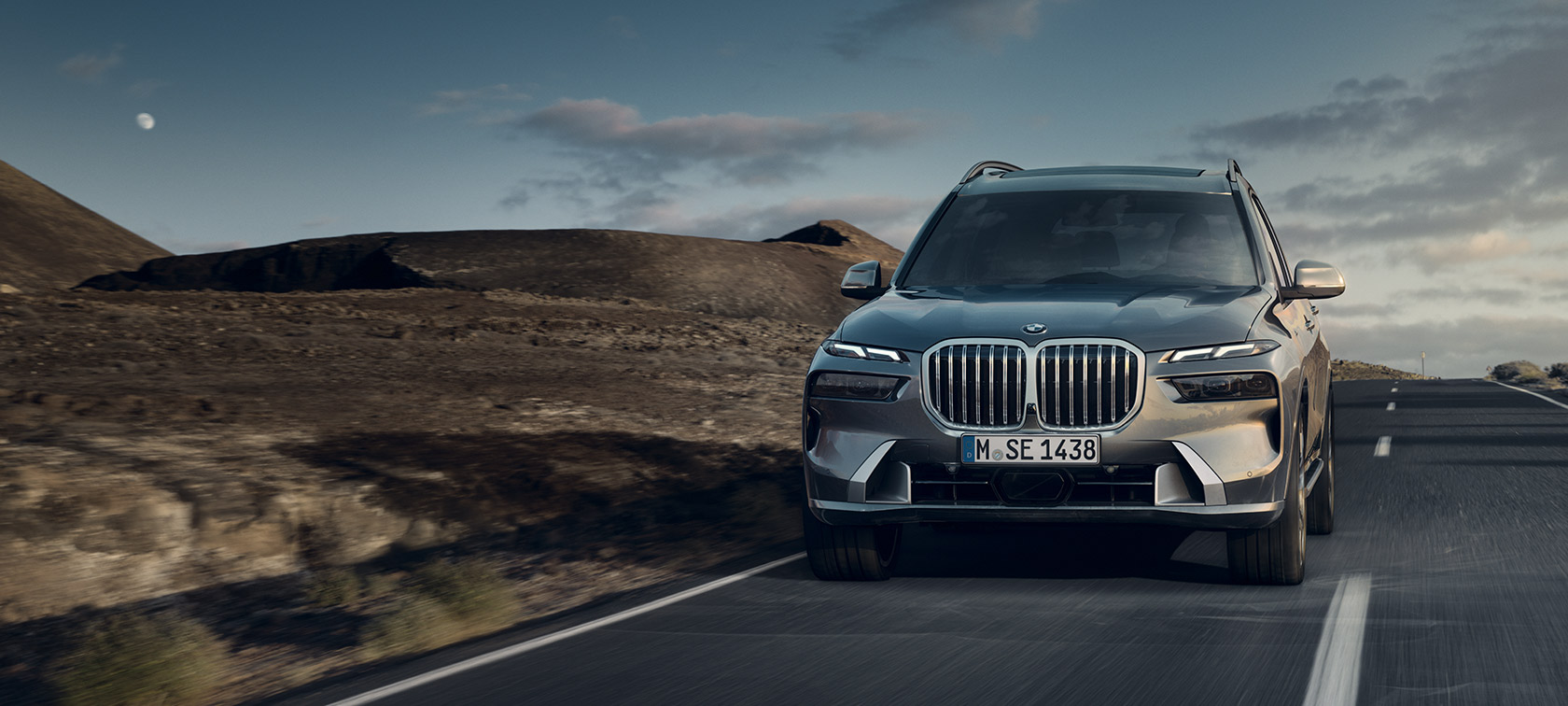
The term “xDrive” refers to BMW’s four-wheel-drive system, which means the X7 is ready for any type of weather.
And when we say ready, we mean it the 40d diesel engine produces 347bhp and can hit 62mph in just 5.9 seconds, making it quicker than a Mercedes GLS 450d or a Range Rover D350.
The standard air suspension provides an exceptionally smooth ride, even over uneven or snowy terrain. Although the X7 is a large, heavy SUV, its steering is surprisingly precise and easy, and road and wind noise are kept to a minimum on the motorway.
Most buyers will opt for the M Sport trim, which enhances the X7’s already imposing design and adds performance features like upgraded brakes, making it a luxurious and capable winter cruiser.
3. Volkswagen T-Roc
The Volkswagen T-Roc remains a strong contender in the small SUV segment. Its strengths lie in a comfortable ride, quiet motorway manners, a high-set driving position uncommon for its size, and a boot that outclasses many competitors in its segment.
On the downside, the T-Roc’s touch-sensitive controls can be fiddly, the higher trims and engine choices come with steep prices, and its handling doesn’t excite something the sharper Ford Puma excels at. The favourite version is the 2.0 TSI 4Motion Style.
In January 2023, we awarded the T-Roc the title of the best small SUV you can buy. While the 1.0-litre petrol engine suits the needs of most buyers throughout the year, we believe those living in areas where mud, snow, and ice are regular challenges should opt for the more powerful 2.0-litre version.
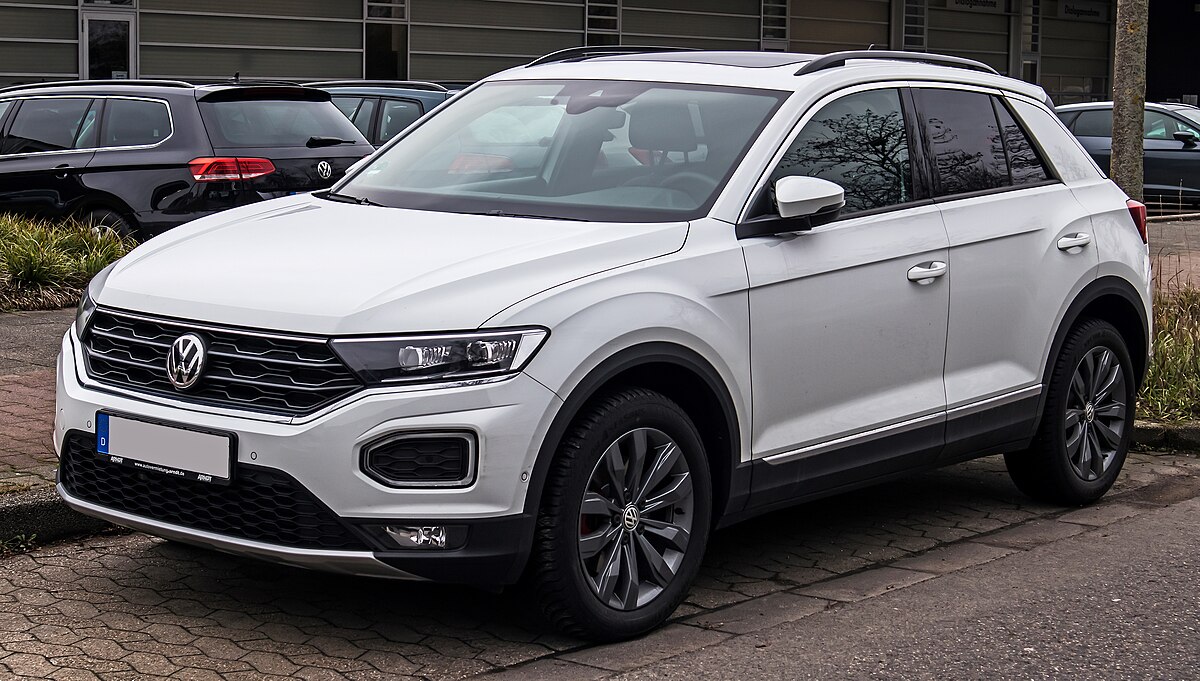
This engine not only delivers increased pulling power but is also available with Volkswagen’s 4Motion four-wheel drive system, designed to maintain traction even in slippery conditions.
We recommend pairing this engine with the Style trim. Sitting just above the entry-level Life, the Style trim adds features such as larger alloy wheels, a 10.25-inch digital driver’s display, and integrated satellite navigation.
One thing to note is that the inclusion of four-wheel drive reduces available boot space, but in our testing, the T-Roc still managed to fit six carry-on suitcases surpassing any version of the Seat Arona.
4. Range Rover Sport
Next up is the Range Rover Sport, and our top pick is the 3.0 D300 Dynamic SE 5dr Auto. This version offers a 0-62mph time of 6.1 seconds, a fuel economy of 38.9mpg, CO2 emissions of 191g/km, five seats, and a boot capacity of 647 litres.
It falls into insurance group 48E and scores well on reliability, safety, quality, and performance. Among its strengths are its ability to provide many of the classic Range Rover traits at a lower price point, superb off-road performance, and an impressive range in the plug-in hybrid variant.
Its weaknesses include a still-hefty price tag despite being more affordable than the full-sized Range Rover, less engaging driving dynamics compared to some rivals, and lingering concerns about Land Rover’s reputation for reliability. The preferred model is the D300 Dynamic SE.
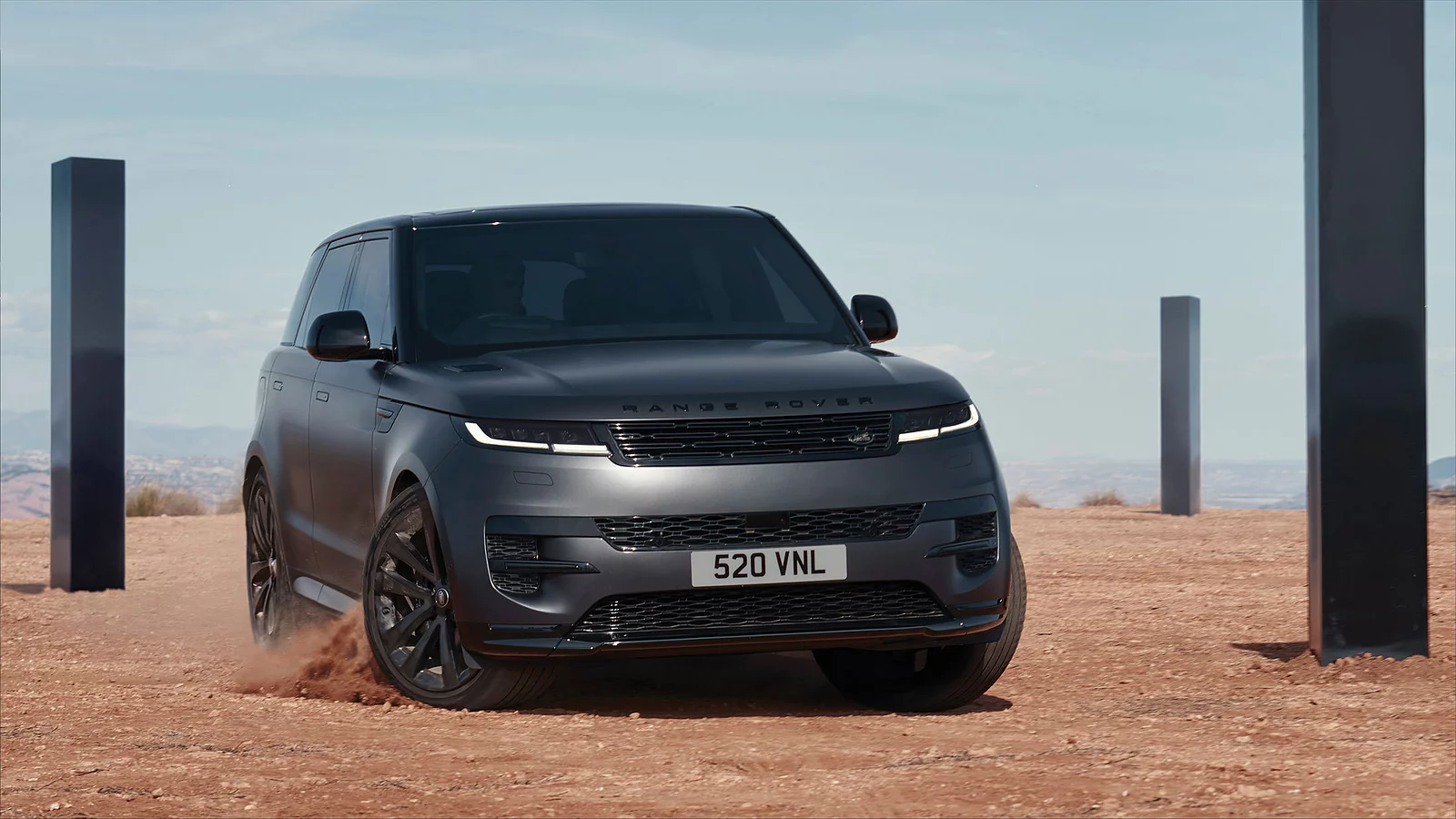
For those who want to blend Land Rover’s legendary go-anywhere capabilities with high-end luxury and comfort, the Range Rover Sport is a standout choice.
It’s a competent off-roader in its own right, and the 3.0-litre six-cylinder diesel engine delivers ample torque. Like most vehicles in this roundup, the Range Rover Sport includes four-wheel drive to keep you mobile even in snowy conditions.
While every version of the Range Rover Sport comes generously equipped, the Dynamic SE trim is especially worth considering for its additional design flourishes, including darker interior finishes and a black roof lining.
Space inside is abundant, and the cabin’s material quality rivals that of significantly more expensive and even larger luxury SUVs.
5. BMW X3
Moving on to the BMW X3, our recommended model is the xDrive20d M Sport 5dr Step Auto. This variant goes from 0-62mph in 7.7 seconds, returns 47.9mpg, emits 155g/km of CO2, accommodates five passengers, and offers a 570-litre boot.
It’s placed in insurance group 33E. The X3 scores strongly for reliability, safety, quality, and performance. Key strengths include its solid performance and nimble handling, spacious rear seats, and generous boot.
On the other hand, you may find yourself adding extra-cost options, the interior isn’t as intuitive as previous BMW layouts, and the plug-in hybrid model doesn’t boast the longest electric-only range in its class. The xDrive20d M Sport remains the top pick.

The BMW X3 has plenty going for it, particularly in terms of driving engagement and interior usability. Its infotainment system bucks the trend by retaining physical buttons a huge bonus when wearing gloves in winter weather.
The engine range doesn’t include any poor performers, but we believe the entry-level xDrive20d 2.0-litre diesel strikes the best balance for most drivers.
Producing 187bhp, it delivers more punch than the equivalent engine in the Land Rover Discovery Sport and incorporates mild-hybrid tech for better fuel efficiency.
As its name suggests, it features BMW’s xDrive four-wheel drive system. Like the larger X7, it’s wise to opt for the M Sport trim, which enhances the X3’s sporty styling and offers an optional M Sport Pro pack that includes adaptive suspension for a more comfortable ride.
6. Porsche Taycan Cross Turismo
The Porsche Taycan Cross Turismo is a unique entry in this list because it’s fully electric. Despite this, it proves to be a reliable companion in winter.
Among its strengths are blistering acceleration, a more spacious rear seat layout than the coupé variant, and exceptional interior quality.
Its drawbacks include the need to add multiple options for the best experience, a driving range that’s decent but not class-leading, and a boot that is smaller than those of some non-electric competitors. The favourite version is the 4S.
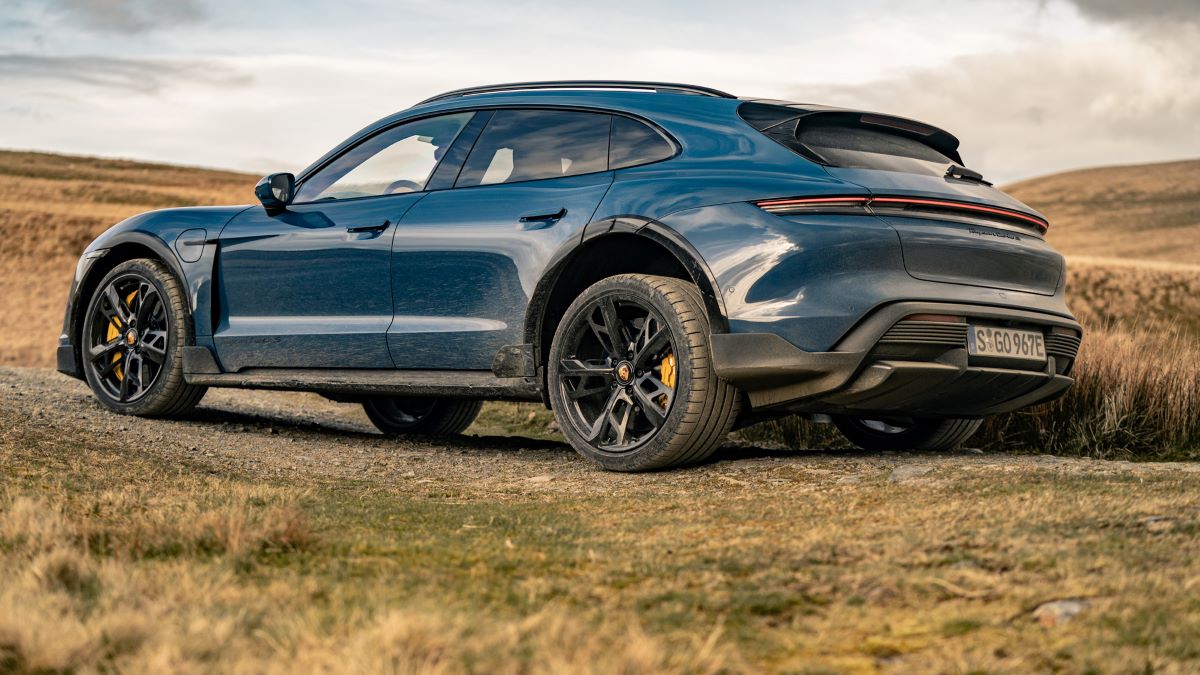
The Taycan Cross Turismo stands apart from the other vehicles featured here due to its electric powertrain. But don’t let that fool you it’s more than capable in snow and ice.
This 4S version offers four-wheel drive and remarkable poise across all surfaces. The slightly raised ride height of the Cross Turismo variant also helps you navigate over snow drifts with confidence.
With a substantial 563bhp, it can sprint from 0-62mph in just 4.1 seconds. While you’re unlikely to achieve the 4S’s official range of 301 miles in cold conditions, you can reasonably expect around 200 miles between charges, which remains a respectable figure for winter travel.
7. Range Rover Evoque
The Range Rover Evoque marks the third appearance of a Land Rover model in this top 10 list, which is hardly surprising given the brand’s reputation for off-road prowess.
While the Evoque may not be as rugged or capable as its siblings the Defender or Range Rover Sport it can still take you further off the beaten path than many rival family SUVs, such as the BMW X1 or Volvo XC40.
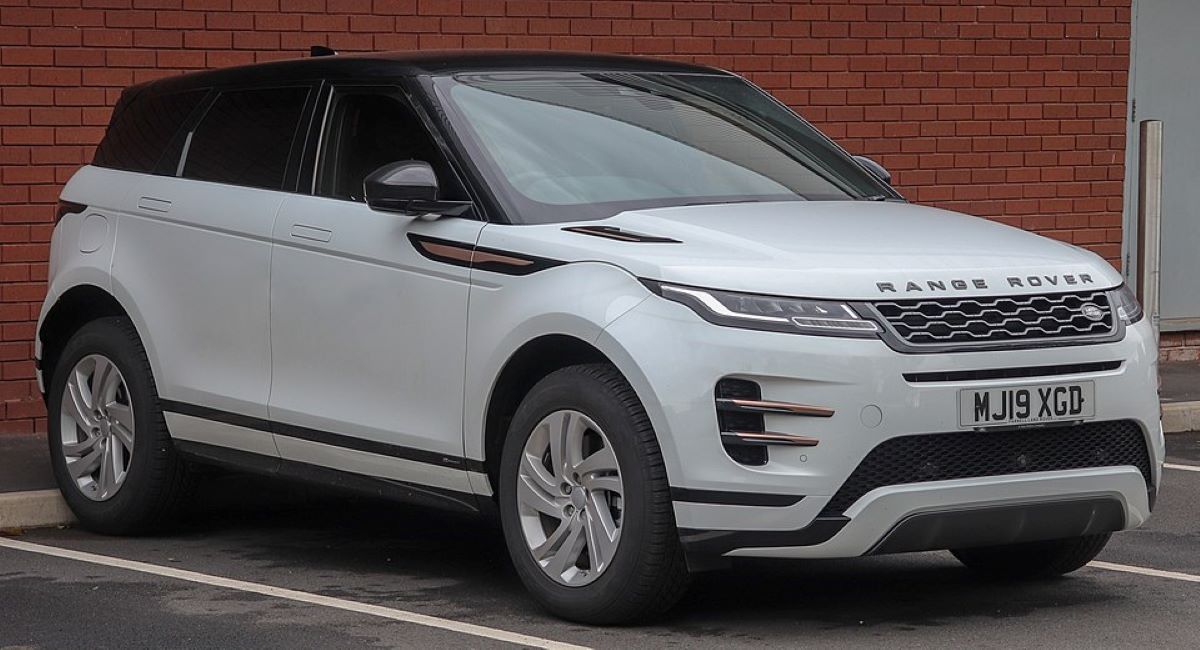
It comes standard with four-wheel drive, which can be tailored for various surfaces, and offers superior ground clearance and wading depth compared to competitors.
Our recommendation is the P300e plug-in hybrid model, which pairs a 1.5-litre petrol engine with an electric motor. Not only is this the quickest Evoque variant, managing a 0-62mph time of just 6.1 seconds, but it can also travel up to 38 miles using electric power alone, according to official figures.
8. Skoda Karoq
The Skoda Karoq, the spiritual successor to the much-loved Skoda Yeti, offers impressive value for money, generous interior space for both passengers and luggage, and a broad enough range of variants to suit a wide variety of needs.
For drivers living in areas regularly affected by deep snow and slippery conditions, the 2.0-litre diesel engine stands out for its strong torque and is one of the few options available with four-wheel drive, paired with an automatic transmission.
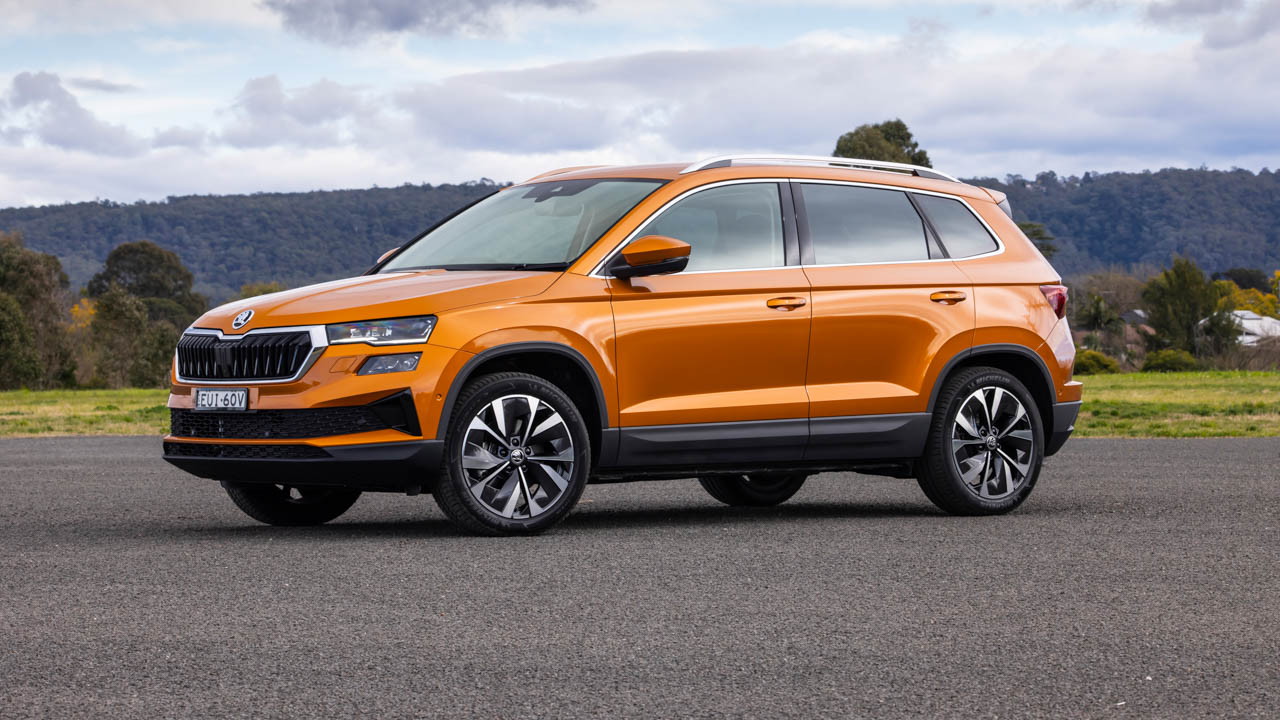
While all versions of the Karoq come well-equipped, stepping up to the mid-range SE L trim is recommended.
This level adds features like 18-inch alloy wheels, flexible rear seats, keyless entry and ignition, and all-round parking sensors, enhancing both convenience and comfort.
Positioned between the compact Kamiq and the seven-seat Kodiaq, the Skoda Karoq fills the middle ground in Skoda’s SUV lineup. At the dealership, it’s not the biggest SUV and it’s certainly not the smallest—but it does have visible exhaust pipes, just so there’s no mistaking it for the electric Elroq.
The Karoq has been part of the lineup since 2017 and received a mid-cycle update in 2022. While that might sound like it’s due for a replacement, Skoda doesn’t see the need to overhaul a model that continues to sell steadily. In other words, if it isn’t broken, they’re not fixing it.
As a midsize crossover, the Karoq isn’t especially distinctive. It shares its underpinnings with the dependable Seat Ateca, with both models rolling off the same production line. Together, they take on stiff competition in a crowded market that includes the Nissan Qashqai and countless similar options.
This is a fiercely contested segment. The Peugeot 3008 leads on design flair, the Citroën C3 Aircross undercuts it on price, the Dacia Duster combines both affordability and style, and the Volkswagen Tiguan offers more badge prestige.
Buyers can choose from three trim levels: the SE, SE L, and the Sportline, the latter featuring sporty seats and black styling elements. The engine lineup includes a 1.0-litre three-cylinder turbocharged petrol, a 1.5-litre four-cylinder petrol, a 2.0-litre four-cylinder petrol (DSG only), and a 2.0-litre turbodiesel with 4×4 and DSG automatic.
Not every engine is offered with every trim. Generally, the entry-level SE gets the least powerful engines, while the high-performance options are reserved for the Sportline. Laying out every configuration would take forever, but that’s the gist of it.
The base 1.0-litre three-cylinder is a familiar VW Group unit—gruff but capable—with 114bhp and 148lb ft of torque. It gets from 0–62mph in 10.3 seconds and returns an official 48.8mpg.
Next up, the 1.5-litre petrol delivers 148bhp and 184lb ft, hitting 62mph in 8.9 seconds and achieving a slightly lower 47.5mpg. The range-topping 2.0-litre petrol produces 187bhp and 236lb ft, reaching 62mph in 7.0 seconds, although fuel economy drops to 37.0mpg.
Meanwhile, the 2.0-litre diesel is still hanging in there. It might not be quite as polished as it once was, but it still finds favor—especially among German buyers. With 148bhp and 266lb ft, it gets from 0–62mph in 8.7 seconds and returns a solid 48.9mpg. It’s the go-to option for long-distance driving.
On our latest drive of the 2.0-litre petrol model, we recorded 33.6mpg over several hundred miles of mixed-road conditions. That’s not exactly standout efficiency for a compact SUV, but it’s pretty much what you’d expect from a non-hybrid setup.
9. Dacia Duster
The Dacia Duster proves that a capable snow and ice performer doesn’t have to come with a hefty price tag. The recommended version, the TCe 130 4×4 Extreme, combines a spirited petrol engine with four-wheel drive a crucial advantage for towing or tackling muddy, snowy, or sandy terrain.
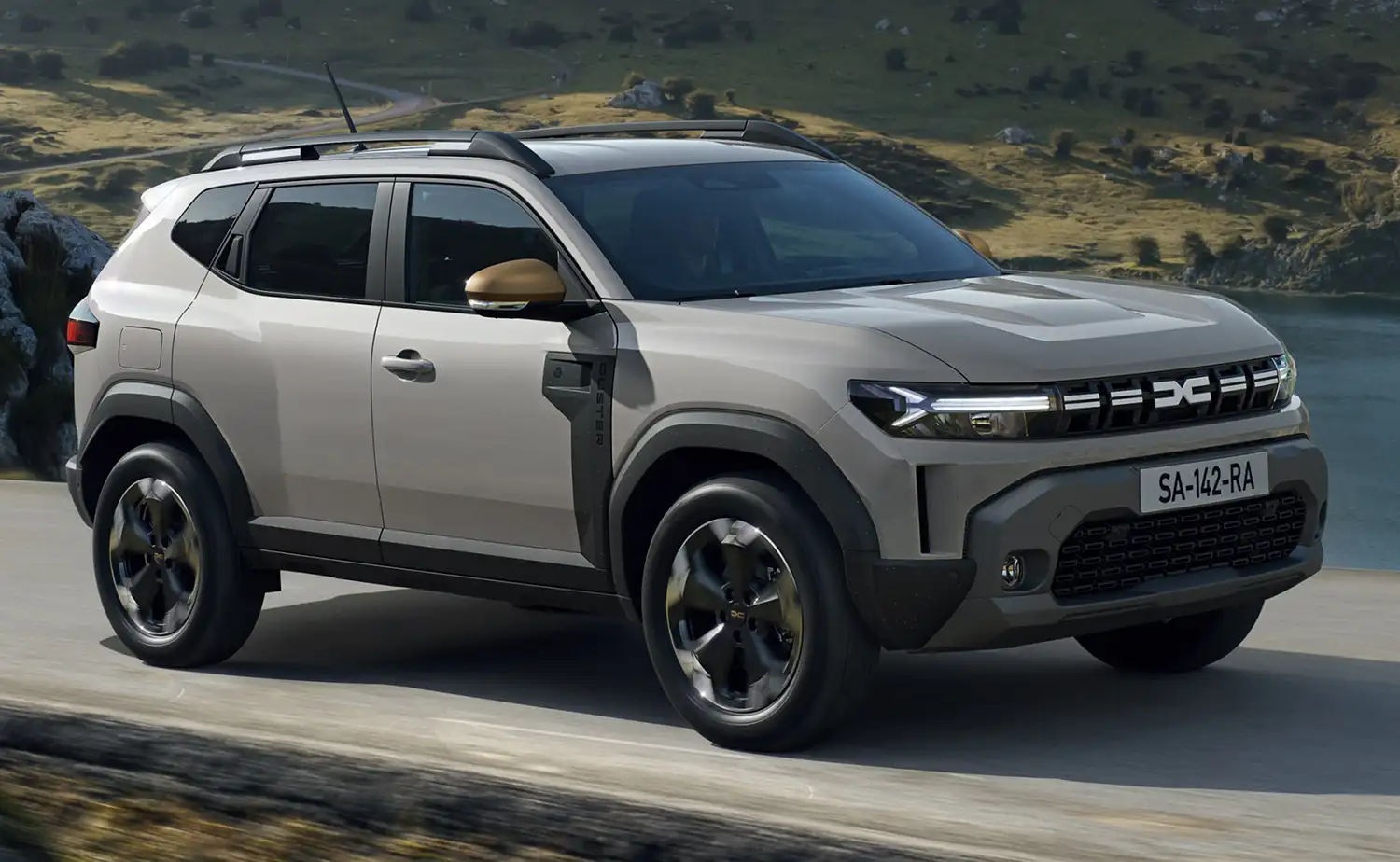
Opting for a Duster equipped with four-wheel drive also means you benefit from a more advanced rear suspension system, which helps improve the vehicle’s overall stability on and off the road.
Although the Extreme is the top-spec trim, it’s worth considering thanks to its inclusion of heated front seats and a heated steering wheel as standard, along with a rugged and distinctive exterior look.
The Dacia Duster has long been synonymous with practicality, value, and durability—ever since the first-generation model arrived in the UK back in 2010.
The second-generation Duster retained all those strengths but improved the day-to-day driving experience significantly. Now, with the debut of the third-generation model, Dacia has raised the bar yet again.
The latest Duster remains as tough and family-friendly as ever, but it now features updated styling, a greater sense of refinement, and—making its debut in the Duster lineup—the option of a hybrid engine.
Its bold new design gives it the look of a high-tech hiking boot for the road—and that analogy isn’t just cosmetic. Just like a proper walking boot, the Duster is built for rough conditions and is part of a shrinking segment of compact SUVs that still offer four-wheel drive.
Competing models are generally pricier and less robust. Rivals include compact crossovers such as the Volkswagen T-Cross, Renault Captur, and Peugeot 2008. However, for those seeking a 4×4 option, the Duster’s competition narrows considerably to just a few models, like the Jeep Renegade and Suzuki Ignis.
Many of the new design features also bring real-world practicality. Plastic body cladding along the front and sides offers protection from wayward shopping trolleys in car parks. The plastic on the front and rear bumpers is coloured all the way through, meaning that scratches and scuffs won’t stand out as much.
In addition, Dacia has incorporated recycled materials into the exterior components to enhance the vehicle’s environmental credentials. These include a special material known as ‘Starkle,’ which is used for various plastic trims and signals the brand’s commitment to sustainability.
10. Audi A6 Avant
Breaking away from the SUV theme of the previous entries, the Audi A6 Avant caters to those who prefer a more traditional estate car or simply need more room than a typical family SUV provides.
If that sounds like you, then this capable estate offers a compelling alternative that’s equally at home on snowy or icy roads.
Although the BMW 5 Series Touring or Mercedes E-Class Estate may offer slightly more boot space, the A6 Avant counters with a luxurious interior that makes use of premium materials.
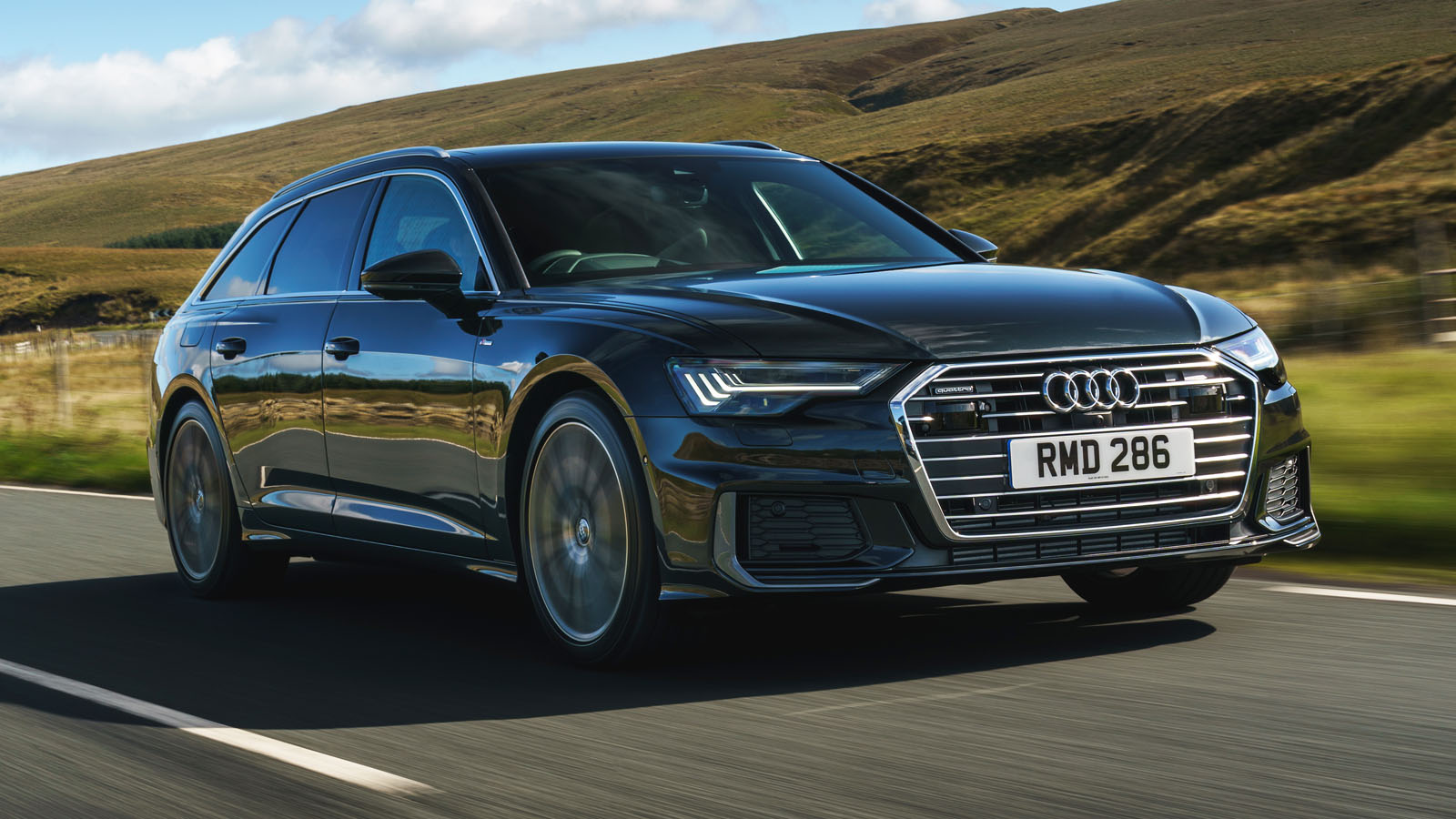
The 40 TDI engine offers strong performance and excellent fuel efficiency, and when paired with Audi’s quattro four-wheel drive system, it delivers surefooted handling regardless of road conditions.
The Sport trim adds a suite of comfort and convenience features, including dual-zone climate control, leather upholstery, and 18-inch alloy wheels.
The Audi A6 Avant stands out as a highly practical large estate car, offering a spacious interior filled with advanced tech features you won’t typically find in rivals like the BMW 5 Series Touring or the Mercedes E-Class Estate. That premium experience does come at a cost, though…
Fortunately, many of the A6 Avant’s high-end interior features are included as standard. The car comes equipped with a sleek dual-screen infotainment system, and its leather upholstery, soft-touch plastics, and polished metal accents give it an upscale feel that’s nearly on par with the luxurious A8 limousine.
Look a bit closer around the door pockets and centre console, and you may notice a few more hard plastics than you’ll find in the 5 Series Touring. However, the rest of the A6 Avant’s cabin construction feels impressively solid and durable.
There’s an abundance of space up front, making it easy for taller drivers to get comfortable, and the range of seat adjustments ensures drivers of all sizes can find a commanding view of the road. Rear seat space is equally generous.
The Avant even offers slightly more headroom than the A6 saloon, making it comfortable for passengers over six feet tall to sit behind equally tall drivers. While the middle seat in the back isn’t quite as plush, there’s still enough width for three adults to sit side-by-side without feeling cramped.
Where the A6 Avant slightly falls short is in overall boot space. With a 565-litre cargo area, it can certainly handle a few sets of golf clubs, and folding the back seats makes room for a bicycle. However, both the BMW 5 Series Touring and the Mercedes E-Class Estate edge it out in terms of outright load capacity.

